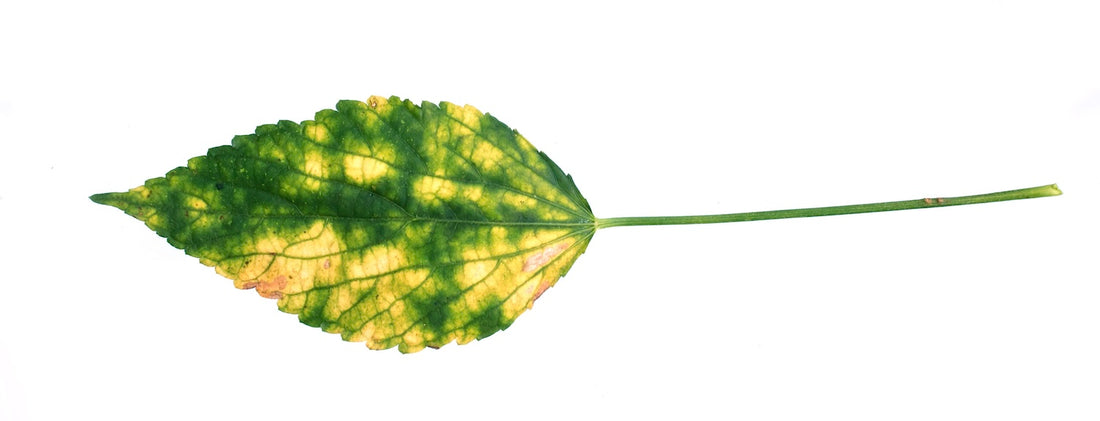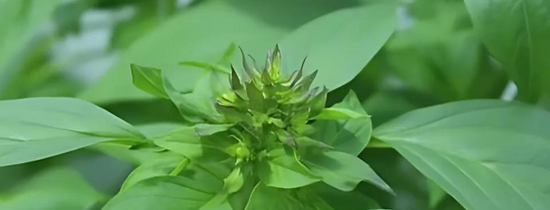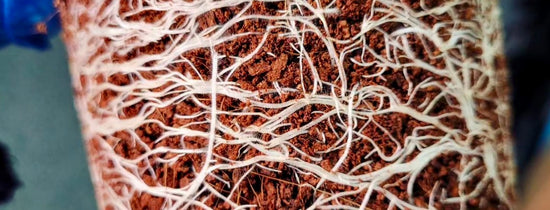Zinc is one of the eight essential micronutrients needed for healthy and productive plant life. Zinc plays multiple roles within plant cells and tissues, and even a minor zinc deficiency can have a significant impact on a plant's health and yield.
Soil is naturally deficient in zinc, making it the most common nutrient deficiency in commercial crops (like corn and wheat). Hydroponic crops rarely develop zinc deficiencies, and as such have demonstrated significantly higher yields worldwide.
Why is Zinc important to plant health?
Zinc plays a critical role in:
- Plant metabolism
- Activating enzymatic and hormonal systems
- Chlorophyll production
- Converting CO₂ to sugar
- Protein synthesis
- Root growth
- Photosynthesis
Main causes of Zinc deficiency
Like many other micronutrients, zinc deficiency can be caused by:
- Malnutrition (low EC)
- pH levels greater than 5.8
- Lack of humic/fulvic acids (required for uptake)
- High amounts of molybdenum, manganese & phosphorus
- Cold root zone temperatures (causes metabolic shutdown leading too lock-out)
Key symptoms of Zinc deficiency in plants
- New growth will develop orange/brown necrotic spots.
- Patchy yellowing (chlorosis) will start at the base of the leaf before spreading towards the tip.
- Interveinal chlorosis
- Stunted growth, smaller leaf formation.
- Severe primary symptom could cause entire leaf to go brown.
- Leaves wrinkled, twisted or kinking
How to fix a zinc deficiency?
|
Correct & maintain pH levels |
Adjust nutrient solution by using a quality pH down/up product. Ideal pH range is 5.5 – 5.8 |
|
Add a trace element product |
Add a humic/fulvic product like CYCO's Uptake to your feeding schedule. Add 1mL of Uptake per 1L water to your normal program until early flowering. |
|
Direct application |
Zinc is an immobile element, which means the plant cannot translocate zinc from older growth to new growth. A foliar spray of Vitalize can also correct this problem. Mix 0.1ml of Vitalize to 1L of water, adjust to pH 5.5-5.8. Mist the entire plant just after lights turn off to avoid any light scorching. |
|
Low root-zone temperature |
Give your plant’s metabolism a boost by keeping root-zone temps between 18-21 °C. Use low wattage gadgets like heat bars and heat mats to help. |
A-Grade Tip: Test the pH of your reservoir/tank every day. If all is going well, the pH should increase. This is good! This means that your plants are absorbing the much-needed zinc. When the pH level goes above 5.8, use a tiny amount of pH down to adjust the pH back to 5.5.
Important note: Zinc deficiency in hydroponically-grown plants is rare, and the deficiency is more than likely to be iron. Chlorosis due to zinc deficiency will be visible over the entire leaf; whereas chlorosis due to zinc deficiency will be patchy and inconsistent.
Happy Gardening :)
#growwithus







